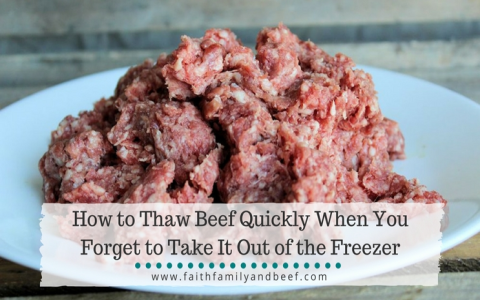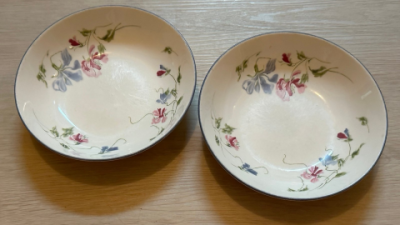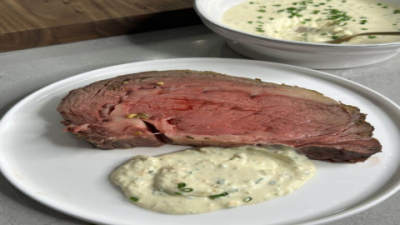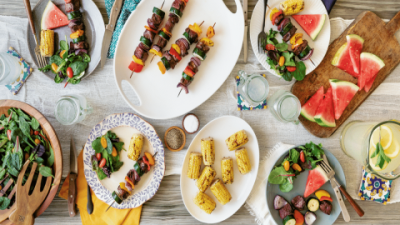Thawing ribs might sound like one of those simple kitchen tasks you can just wing, but honestly? It’s way more important than most people think. If you rush it or do it wrong, you risk ending up with ribs that are dry, tough, or worse — unsafe to eat. Whether you're a backyard BBQ hero or just someone craving some tender ribs on the weekend, knowing how long to thaw ribs and the best methods to do so can make a huge difference. So, let’s dive into everything you need to know, including some practical tips, how long it takes, and the safest ways to get those ribs ready for the grill or the oven.
Why Should You Care About Thawing Ribs Properly?
Look, I get it. When you’re hungry and excited about ribs, the last thing you want is to wait around for them to thaw. But here’s the deal: thawing ribs properly is the difference between juicy, fall-off-the-bone perfection and a chewy disappointment. Not to mention food safety — letting ribs sit out in the “danger zone” (between 40°F and 140°F) can turn your tasty meal into a nasty bout of food poisoning.
- Food safety first: Proper thawing keeps harmful bacteria in check.
- Better texture: Slow thawing keeps ribs from turning mushy or tough.
- Flavor matters: Ribs absorb seasoning better when thawed right.
- Even cooking: No frozen spots means more consistent heat and better results.
So yeah, thawing isn’t just a step — it’s a stage that sets up the rest of your cooking journey.
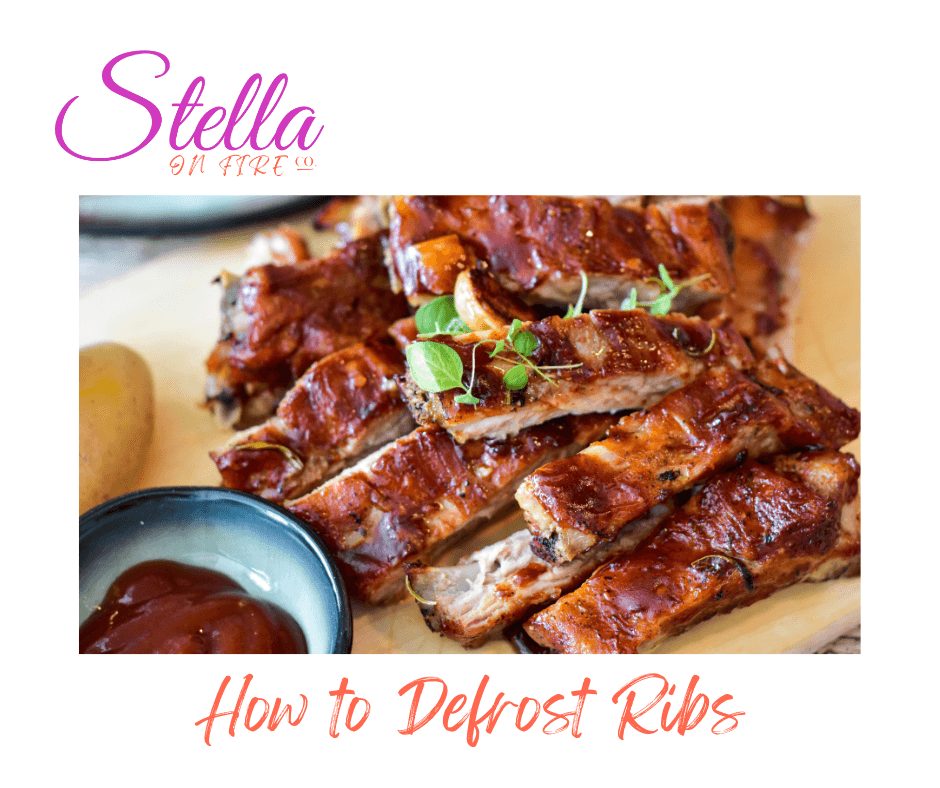
How Long Does It Take to Thaw Ribs? Different Methods Explored
1. Refrigerator Thawing (The Gold Standard)
This method might feel slow, but it’s hands-down the safest and best approach. Think of it like marinating time — it needs patience. You just pop the ribs in the fridge and let the cool temps do their magic, keeping bacteria away while the meat thaws evenly.
| Type of Ribs | Weight (lbs) | Approximate Thaw Time |
|---|---|---|
| Baby Back Ribs | 2–3 | 16– hours |
| Spare Ribs | 3–4 | 24– hours |
| Beef Ribs | 4–6 | 24– hours |
Ideally, give yourself a whole day or even two (especially for bigger racks). Keep the ribs wrapped or sealed, then place them on a tray on the fridge’s bottom shelf (to catch any drips and avoid cross-contamination). It’s super straightforward, but trust me, giving ribs this much love makes a world of difference.
2. Cold Water Bath Method (When Time’s Tight)
Alright, so sometimes you just don’t have hours to wait – life happens. The cold water bath makes for a decent compromise. You’ll need to keep a close eye on the ribs because this method requires swapping the water regularly to keep things cold and safe.
| Type of Ribs | Weight (lbs) | Approximate Thaw Time |
|---|---|---|
| Baby Back Ribs | 2–3 | 1– hours |
| Spare Ribs | 3–4 | 2– hours |
| Beef Ribs | 4–6 | 3– hours |
Wrap the ribs tightly in a sealed plastic bag so water doesn’t seep in (no one wants soggy ribs), then submerge them fully in cold tap water. Change the water every half hour, and once thawed, cook immediately. It’s a little more hands-on but totally doable when you’re short on prep time.
3. Microwave Thawing (Only if You’re in a Pinch)
Microwaving to thaw ribs? It’s tempting — but it’s also kind of a gamble. Microwaves heat unevenly, so some parts might start cooking while the center remains frozen. Plus, it can ruin the ribs’ texture fast. Only do this if you’re pressed for time and ready to cook them straight away.
Estimate around 5- minutes per pound on the defrost setting. Don’t forget to rotate or flip the ribs during thawing to cut down cold spots. But really, this method is more of an emergency move, not a go-to plan.
4. Cooking From Frozen (Possible, But Not Pretty)
In some desperate cases, you can cook ribs without thawing, but be prepared for longer cooking times—usually about 50% more—plus potentially uneven results. Seasoning won’t soak in well, and texture often suffers. If you can avoid it, do.
Quick Tips to Thaw Ribs Better and Faster
- Slice bigger racks into smaller portions before freezing—that way they’ll thaw way faster next time.
- Use a meat thermometer to check for icy spots inside — ribs should feel soft all the way through when thawed.
- Never leave ribs out on the counter to thaw; it’s risky business.
- If you thaw in the fridge, you can keep raw ribs stored safely for 3– days before cooking.
FAQs About Thawing Ribs
Can I refreeze ribs after thawing?
If you thawed them safely in the fridge, yes, but it’s usually best to avoid refreezing because ribs can lose moisture and texture. If thawed by water or microwave, don’t refreeze.
How do I know if ribs are fully thawed?
Press gently in the thickest part. If it feels soft and there’s no cold or icy center, chances are you’re good to go. If you want to be extra sure, poke a skewer through — if it slides through without resistance or cold spots, your ribs are ready.
What’s the absolute safest way to thaw ribs?
Refrigerator thawing. Hands down. It’s slow but keeps everything safe and preserves flavor and texture.
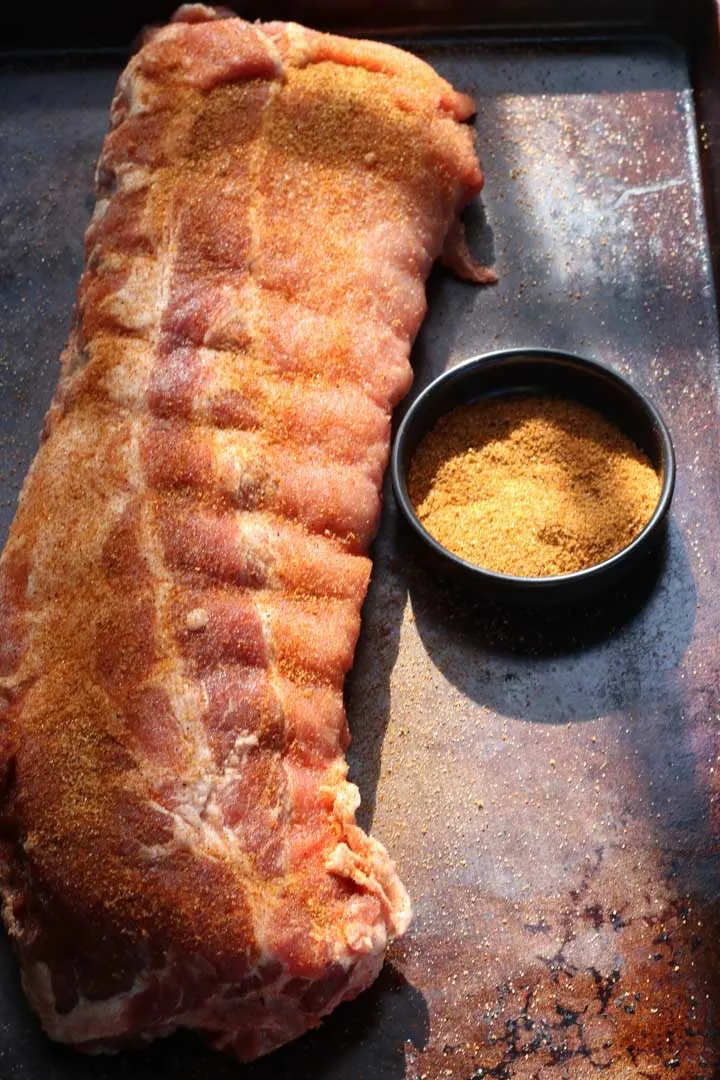
What happens if I cook frozen or partially frozen ribs?
Expect uneven cooking—some parts might get overdone, others undercooked. Also, bacteria might develop because of the uneven internal temps.
Is it okay to thaw ribs in hot water?
No. Hot water raises the risk of bacteria growth and can ruin the meat texture—please avoid this!
Getting Nerdy: What Science Says About Thawing Ribs
Google loves articles that cover every angle, including related terms and concepts. If you want your rib-thawing content to shine, sprinkle in terms like “rib defrosting times,” “best way to thaw pork ribs,” “safe thawing temperatures,” and “quick thawing techniques.” It shows you’ve got thorough, expert knowledge—which Google rewards.
Different Ribs, Different Times
Baby Back Ribs thaw faster because they’re smaller and leaner—expect about a day in the fridge or an hour or two in cold water. Spare ribs take a bit longer—think to hours in the fridge or a few hours in a cold bath. Beef ribs? They’re big and dense, so plan for at least a full day or more. These variations matter when you’re planning your BBQ timeline.
Safety & Quality Table to Keep Handy
| Method | Thaw Time | Safety | Quality | Notes |
|---|---|---|---|---|
| Refrigerator | 16- Hours | Excellent | High | Best and safest method |
| Cold Water Bath | 1- Hours | Good (with monitoring) | Good | Requires attention and water changes |
| Microwave | 5- Minutes | Poor | Low | Uneven thawing, risk of partial cooking |
| Room Temperature | Not Recommended | Unsafe | Poor | High food safety risk |
| Cook from Frozen | N/A | Safe if thoroughly cooked | Moderate | Longer cook times, less tenderness |
Practical Refrigerator Thawing – A Quick How-To
- Grab a tray or plate with edges (to catch drips).
- Keep ribs sealed in their packaging or a leak-proof bag.
- Place on the bottom shelf of the fridge to avoid dripping on other food.
- Let them sit for at least hours or longer for thicker racks.
- Once thawed, ribs will keep safely in the fridge for 3- days.
Tips From Chefs and Food Science Lovers
If you really want to get fancy, vacuum-sealing ribs before freezing cuts down on freezer burn and can speed thawing a bit. Some chefs even season ribs before freezing so flavors can dive deep during thawing. For the ultra-precise, sous vide machines can thaw ribs quickly by controlling water temperature, but that’s more restaurant-level stuff and needs vacuum packaging to be safe.
Myth-busting Time!
Myth: Thaw meat on the countertop for convenience.
Truth: Nope, bacteria love that warm setting. Don't risk it.
Myth: Microwave thawing is fine for slow-cooked ribs.
Truth: Microwave heats unevenly and will mess up texture big time.
Myth: Using hot water is a good idea to speed things up.
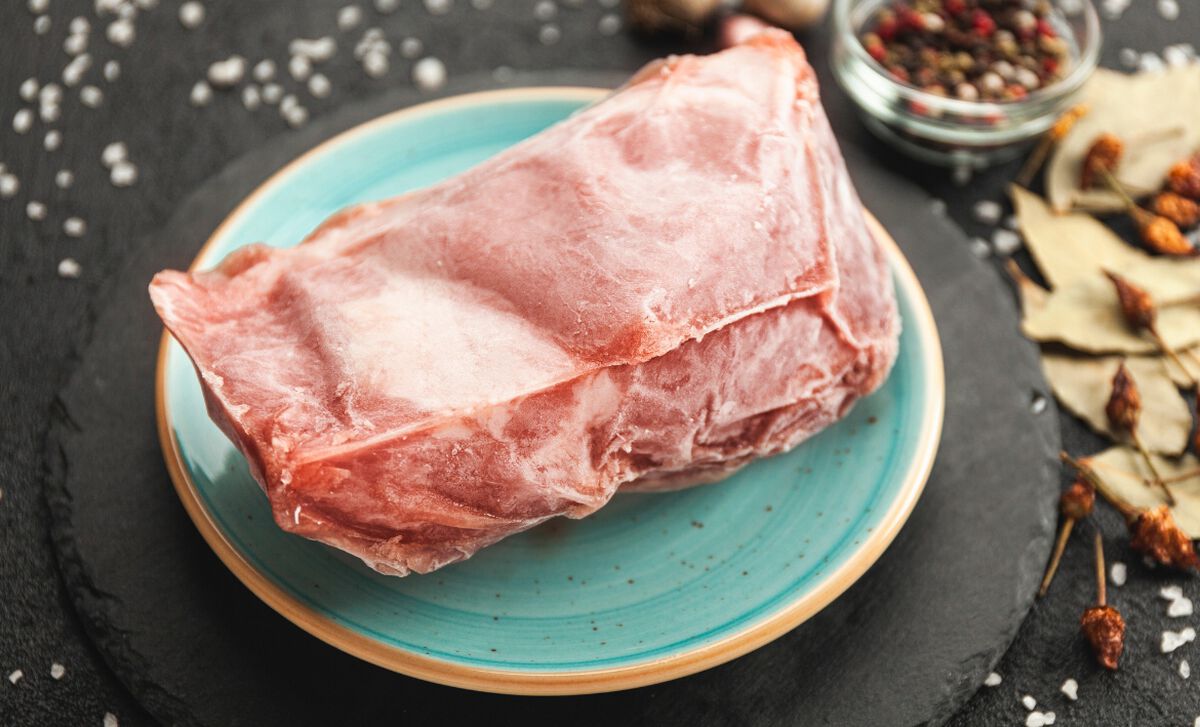
Truth: Hot water grows bacteria fast and damages meat quality.
Questions From Real People
Q: Can I speed thaw ribs using a fan?
A: Not really. Air flow may help a little on the surface, but the inside takes its sweet time. Better to stick to cold water or fridge.
Q: Does vacuum-sealing help with thawing?
A: It mainly prevents freezer burn but won’t speed thawing. Still follow your usual safe thawing methods.
Wrap-Up: How to Nail Thawing Every Time
The best advice is to plan ahead (yeah, I know, not always easy). Refrigerator thawing is your best friend—it’s safe and it keeps your ribs juicy and flavorful. Use cold water if you need to speed things up, but be vigilant. Try to avoid microwaves unless you have no choice and cook immediately after. And whatever you do, never thaw ribs out on the counter. With these tips, your ribs will come out tender, tasty, and perfectly cooked every single time. Happy grilling!
